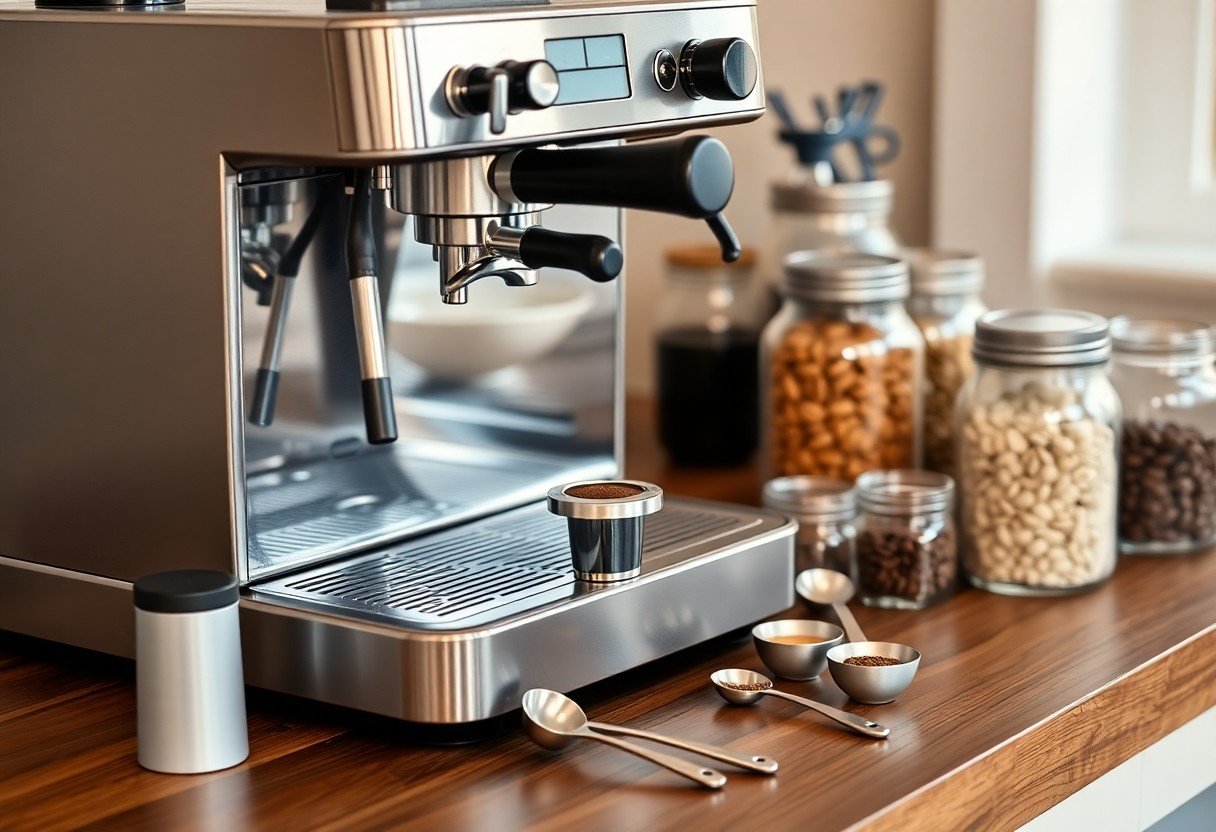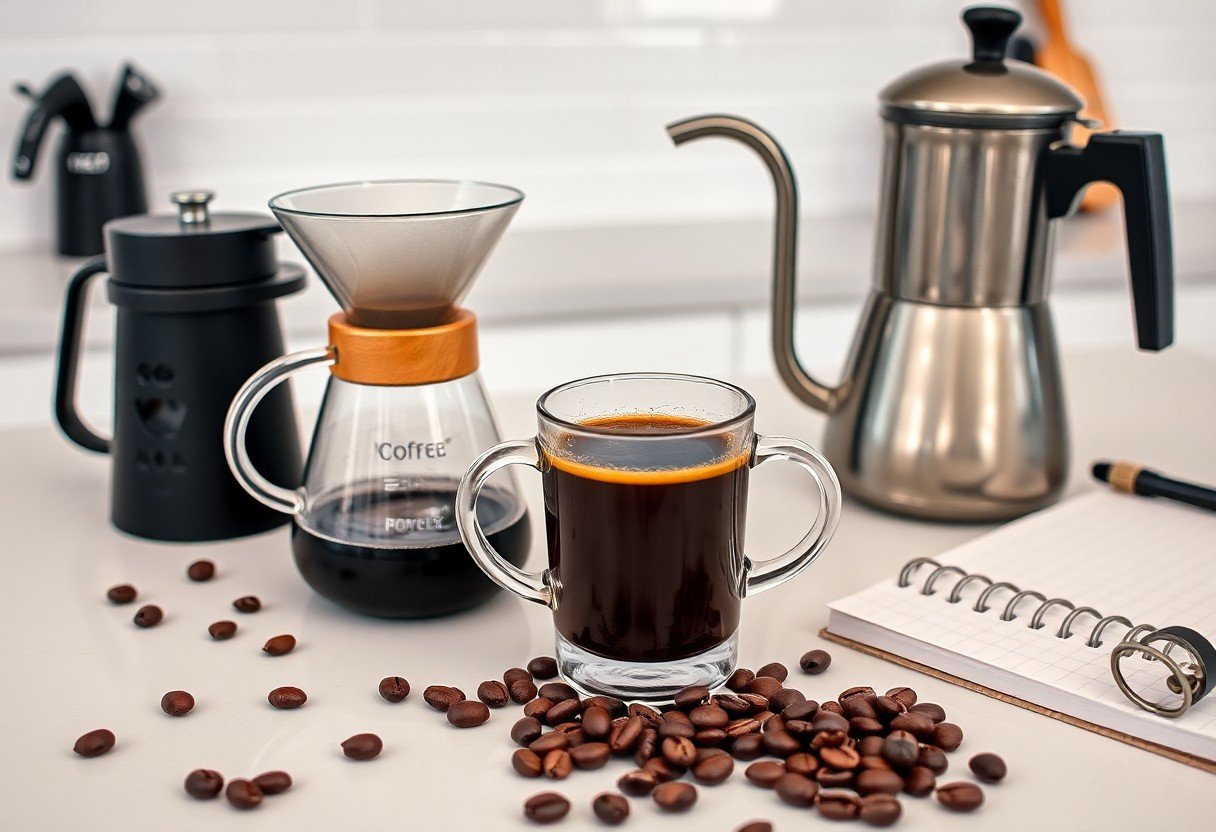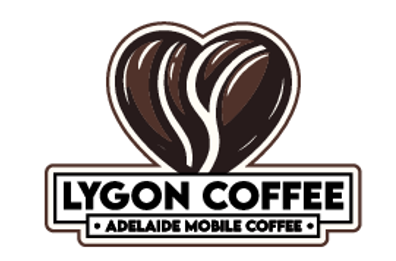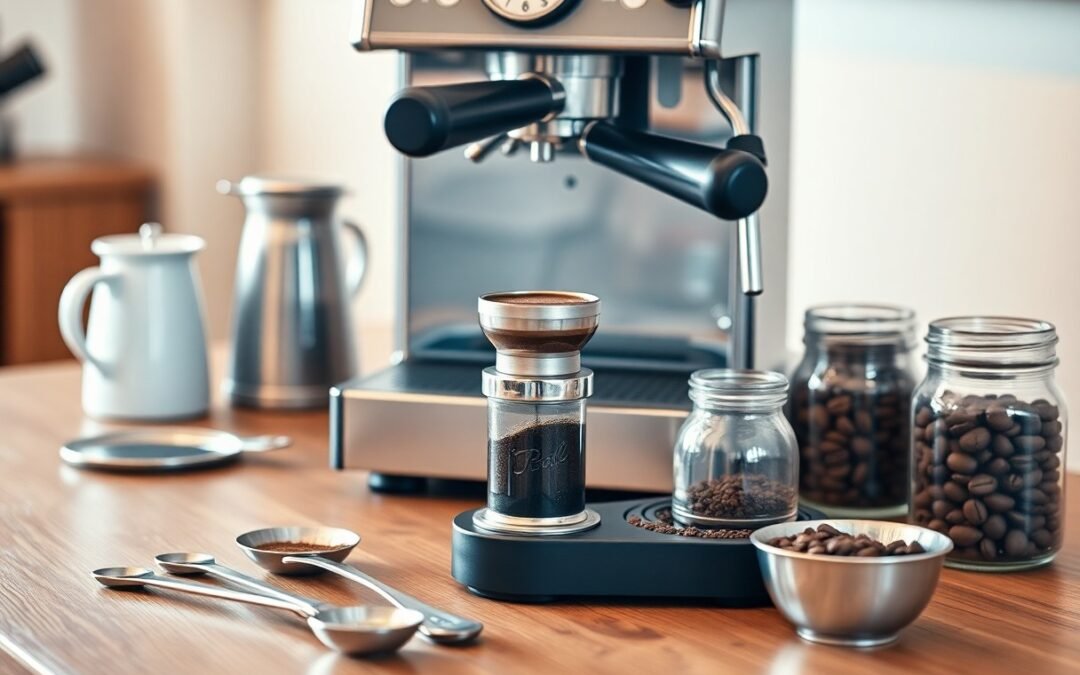Most coffee enthusiasts desire to recreate the refined flavors and techniques of a professional barista right in their own kitchens. With the right equipment, ingredients, and methods, you can elevate your brewing skills to craft an exquisite cup that impresses. This guide will walk you through the important steps and tips to transform your home coffee-making experience and deliver a sophisticated beverage that rivals your favorite café. Get ready to indulge your senses and master the art of exceptional coffee at home.

The Art of Coffee Selection
Selecting the right coffee is the foundation of crafting an exquisite cup at home. Understanding the source and quality of your beans not only enhances flavor but also enriches your coffee experience. Single-origin coffees often provide unique tasting notes tied to their region, while blends can offer complexity. Explore different varieties and local roasters to find what resonates with your palate, expanding your coffee repertoire.
Sourcing Quality Beans
Your choice of beans significantly impacts the taste of your brew. Look for specialty-grade coffee, often labeled as 85 points or higher on the Specialty Coffee Association scale. Seek out direct trade relationships, as these ensure fair compensation for farmers and often result in higher quality beans. Visiting local roasters can also provide insight into ethical sourcing practices and fresh options.
Understanding Roast Profiles
Roast profiles dictate the flavor characteristics of your coffee, influencing acidity, body, and sweetness. Light roasts often showcase bright, fruity notes, while medium roasts balance acidity and body, providing a well-rounded flavor. Dark roasts, on the other hand, emphasize bold, bitter notes that can overshadow the bean’s origin. Experimenting with different roast levels enables you to discover your favorite flavor profiles, leading to a tailored coffee experience.
Each roast profile offers a distinct experience that reflects the beans’ origin and processing method. Light roasts, commonly featuring a lighter brown color, preserve the beans’ natural flavors and often highlight floral or citrus notes. Medium roasts, typically a medium-brown shade, balance acidity with richer flavors, appealing to those seeking a rounded cup. Dark roasts, shining with an oily surface, produce deeper, more robust flavors such as chocolate or caramel, appealing to those who prefer a stronger coffee taste. Understanding these nuances allows you to select the perfect roast tailored to your taste preferences, elevating your home brewing skills.
Mastering Grinding Techniques
Perfecting the grind is necessary for unlocking the full flavor potential of your coffee. Proper grinding techniques ensure optimal extraction, allowing the coffee’s nuances to shine through. You’ll want to experiment with different grind sizes and methods to find what suits your specific brewing style best. Fine-tuning this aspect is the next step toward barista-level excellence in your home brewing routine.
Grind Size and Its Impact
The size of your coffee grind directly affects extraction time and overall flavor profile. For instance, a coarse grind is ideal for methods like French press, providing a smooth and full-bodied brew. Conversely, espresso requires a fine grind to facilitate the quick extraction process under pressure. Adjusting grind size lets you control bitterness and acidity, allowing you to tailor your cup to your preferences.
Choosing the Right Grinder
Selecting the right grinder can significantly influence your coffee’s taste. Burr grinders, preferred by professionals, offer consistency in grind size and allow for precise adjustments. Blade grinders, while affordable, often produce uneven grounds, leading to inconsistent extraction and flavor. Opting for a burr grinder with a wide range of settings enables you to experiment with various brewing methods and achieve the perfect cup.
Investing in a quality burr grinder ensures you maximize flavor from your beans. Brands like Breville or Baratza are renowned for their consistency and durability, giving you the flexibility to adjust grind size accurately for everything from French press to espresso. A good grinder can help you achieve a particle size uniformity of about 95%, which is necessary for even extraction and a balanced flavor in your cup. Consider your brewing methods and how often you’ll use it when selecting your grinder, ensuring it meets your needs for both versatility and performance.

Brewing Methods That Elevate Flavor
Selecting the right brewing method significantly impacts the flavor profile of your cup. Techniques like pour-over, French press, and Aeropress allow you to unlock different nuances in your coffee. Each method has its unique characteristics, enabling you to experiment and discover your personal favorite that suits your taste preferences.
Exploring Various Brewing Techniques
Each brewing technique affects extraction time and flavor differently. The French press offers a robust, full-bodied cup due to its immersion brewing style. The pour-over method provides clarity and brightness, ideal for highlighting complex flavors. In contrast, Aeropress combines immersion and pressure, creating a versatile and concentrated brew that can be customized for strength and smoothness.
The Importance of Water Temperature
Water temperature plays a vital role in the extraction process. Optimal brewing typically occurs between 195°F to 205°F, as this range ensures proper flavor extraction without introducing bitterness. Too hot or too cold can lead to undesirable results, affecting the overall taste of your coffee.
Water Temperature Effects
| Temperature Range | Effect on Flavor |
|---|---|
| Below 195°F | Under-extracted, sour flavors |
| 195°F – 205°F | Balanced extraction, enhances sweetness |
| Above 205°F | Over-extracted, bitter and harsh |
Brewing within the optimal temperature range yields a superior cup. At temperatures below 195°F, the coffee may taste overly acidic and lacking in depth. Conversely, brewing at temperatures exceeding 205°F can result in a bitter brew, dulling the more delicate flavor notes. Ensuring your water temperature is just right unlocks the full potential of your coffee, allowing the natural sweetness and complex flavors to shine through.
Extraction and Flavor Relationships
| Brewing Method | Ideal Water Temperature |
|---|---|
| French Press | 200°F |
| Pour-Over | 195°F |
| Aeropress | 175°F – 205°F |
Finessing Milk and Texturing Techniques
To elevate your coffee experience, mastering milk finesse is vital. Achieving the right texture and temperature allows you to create drinks that rival your favorite café. Start by selecting the right milk; whole milk yields creamy results, while alternatives like oat milk can produce unique flavors. Pay attention to your steaming technique, angling the steam wand correctly to incorporate air and create that luxurious foam. With practice, you’ll produce velvety microfoam, perfect for your cappuccinos and lattes.
Crafting Perfect Microfoam
Microfoam is the heart of café quality drinks, characterized by tiny, uniform bubbles that create a glossy finish. To craft this, submerge the steam wand just beneath the surface of the milk and adjust the angle to introduce air. As the milk expands, lower the pitcher to keep the tip submerged, swirling the milk for even texture. Aim for a temperature around 150°F for optimal sweetness, ensuring your foam is silky, not stiff.
Essential Tools for Milk Frothing
For successful milk frothing, investing in the right tools will make a noticeable difference. A steam wand, commonly found on espresso machines, provides the best control for texturing milk. If you don’t have one, handheld frothers or French presses can also create decent foam. A metal frothing pitcher helps maintain temperature and makes pouring easier, while a thermometer ensures precise milk heating.
A steam wand is unmatched for producing rich froth due to its powerful steam output and precision. You can also use electric frothing machines, which automate the frothing process, allowing for consistent results with minimal effort. If you prefer a manual approach, a French press can be effective—just fill it with milk and plunge repeatedly to create foam. A thermometer is critical for ensuring milk reaches the ideal temperature without scorching, enhancing both flavor and texture. Choosing the right tools tailored to your style will significantly elevate your home barista game.
Presentation and Finishing Touches
Your cup’s visual appeal elevates the entire coffee experience. Serve in elegant glassware or stylish porcelain to add sophistication. A well-prepared drink invites attention, so consider the arrangement of your space. Use coasters, colorful napkins, or understated trays to complement your beverage presentation, creating an inviting aesthetic that screams professionalism.
The Role of Latte Art
Latte art enhances your cup’s visual allure, showcasing your barista skills. Mastering designs like hearts, rosettas, or tulips not only impresses but also signals attention to quality. Practice with steamed milk to achieve the right microfoam consistency, allowing for intricate patterns that transform a standard latte into a work of art, enhancing the overall experience.
Enhancements: Syrups, Spices, and Garnishes
Adding syrups, spices, and garnishes personalizes your cup, elevating flavors and presentation. Infuse seasonal syrups such as pumpkin or vanilla, sprinkle cinnamon or nutmeg for warmth, or top with whipped cream and a chocolate drizzle to create an indulgent treat. Experiment with these enhancements to find your signature combination.
Elevating your cup goes beyond taste; it’s about creativity and personalization. Consider flavored syrups such as rosemary-infused or caramel, which can complement your coffee beans beautifully. Spices like cardamom or a dash of cayenne pepper introduce complexity and warmth. Garnishes, such as a sprinkle of cocoa powder or even edible flowers, add a visual pop that entices while expressing your unique style. Explore local artisanal options to inspire your customized creations, making each cup a one-of-a-kind experience.
Conclusion
Following this guide, you can craft an exquisite, sophisticated cup of coffee at home like a pro barista. By understanding the importance of quality ingredients, mastering the brewing techniques, and paying attention to presentation, you’ll elevate your coffee experience. Customize your cup to suit your taste preferences and experiment with different flavors and techniques. With practice and patience, you will impress yourself and others with your newfound barista skills, turning your home into a beloved coffee haven.
FAQ
Q: What type of coffee beans should I use for a sophisticated cup?
A: Use high-quality, freshly roasted beans. Opt for single-origin beans to experience distinct flavors, and choose a medium to dark roast for deeper notes. Grind just before brewing for optimal freshness.
Q: What equipment do I need to craft coffee like a pro barista?
A: Essential equipment includes a burr grinder for even coffee grounds, an espresso machine or pour-over setup, a scale for precise measurements, and a milk frother if you enjoy lattes or cappuccinos.
Q: How important is water quality in coffee brewing?
A: Water quality is important. Use filtered or bottled water to avoid impurities that can affect the taste. The ideal water temperature should be between 195°F to 205°F for optimal extraction.
Q: What is the ideal coffee-to-water ratio for brewing?
A: A common ratio is 1:15, meaning for every gram of coffee, use 15 grams of water. Adjust according to taste preferences; for stronger coffee, use less water relative to coffee.
Q: How can I achieve microfoam milk for lattes at home?
A: Use whole milk for better texture. Steam the milk using a milk frother, angling the pitcher to create a whirlpool effect. Aim for a temperature around 150°F to 160°F for best results.

